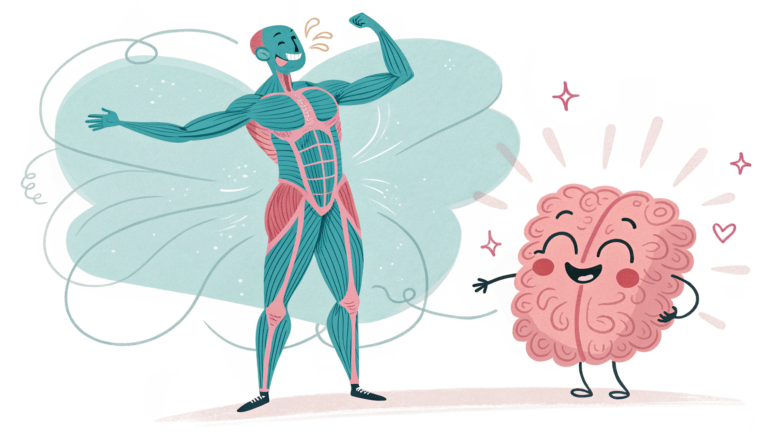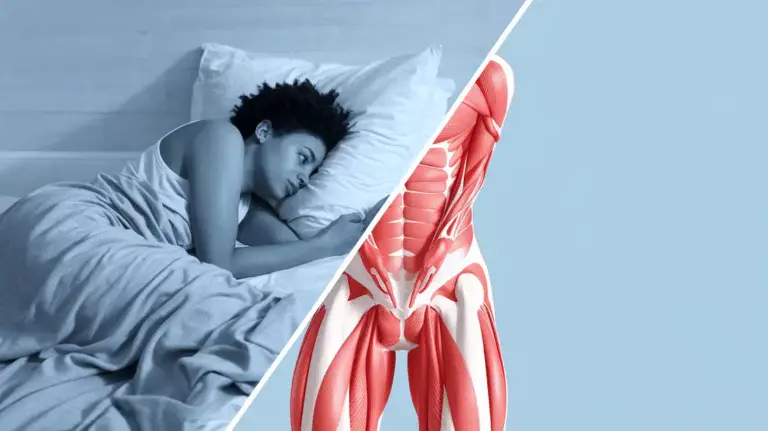Have you ever felt a nagging pain in your lower back or knees, especially after sitting for long periods or climbing stairs?
You might stretch your hamstrings or massage your lower back, but the discomfort lingers.
The culprit behind this hidden ache might surprise you: tight hip flexors.
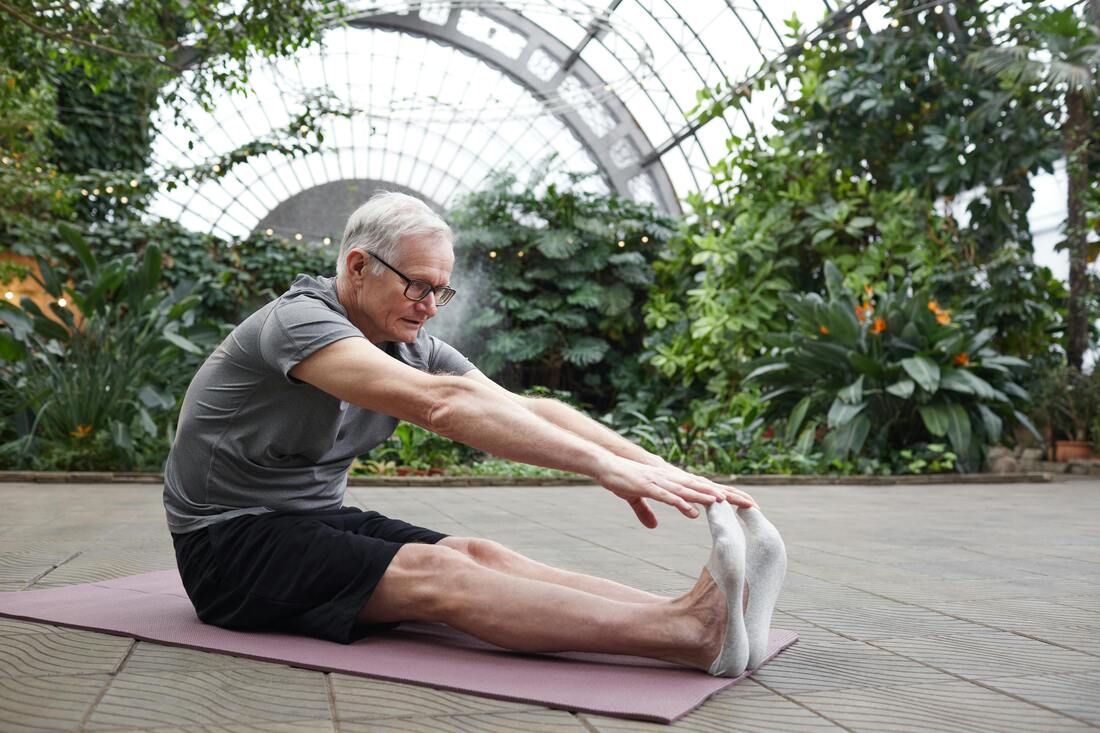
These unsung heroes of movement, located at the front of your hip joint, play a crucial role in everyday activities like walking, running, and maintaining good posture.
But when they become shortened and tight, they can wreak havoc on your body’s mechanics, leading to pain in seemingly unrelated areas.
In this comprehensive guide, we’ll unveil the silent culprit – tight hip flexors – and their impact on your back and knees.
We’ll explore the causes and consequences of tight hip flexors, equip you with effective strategies for improvement, and answer frequently asked questions to empower you to move with ease and freedom.
Key Takeaways
- Tight hip flexors can limit your range of motion and contribute to pain in your lower back, knees, and hips.
- Regularly stretching and strengthening your hip flexors is crucial for maintaining optimal mobility and preventing future issues.
- A combination of static stretches, foam rolling, dynamic stretches, strengthening exercises, and proper posture awareness can effectively improve hip flexor flexibility and mobility.
- Consulting a healthcare professional for personalized guidance can be beneficial, especially if you experience persistent pain.
Understanding Your Hip Flexors: The Movers and Stabilizers
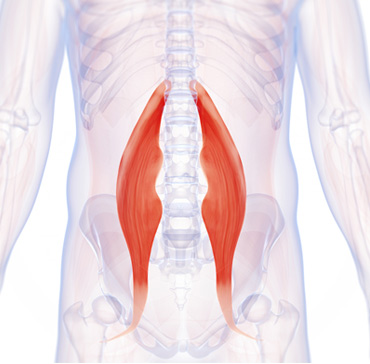
Your hip flexors are a group of muscles that connect your lower spine (lumbar vertebrae) to your femur (thigh bone).
They’re responsible for essential functions like:
- Hip flexion: Lifting your thigh towards your chest, crucial for activities like walking, running, and climbing stairs.
- Pelvic stability: Supporting and stabilizing your lower back and pelvis during movement.
- Posture: Maintaining proper spinal alignment and preventing excessive lower back curvature.
The Downsides of Tight Hip Flexors: When Mobility Becomes Misery
When hip flexors become chronically tight, they can pull on your lower back and alter your biomechanics, leading to a cascade of issues:
- Reduced Range of Motion: Limited hip flexion can make simple activities like bending over to pick something up or tying your shoes a challenge.
- Lower Back Pain: Tight hip flexors can pull on your lower back, causing discomfort and tightness in the lumbar spine.
- Knee Pain: When your hip flexors are tight, they can alter your biomechanics, putting extra strain on your knees and potentially contributing to pain.
- Poor Posture: Tight hip flexors can cause your pelvis to tilt forward, leading to a swayback posture and potential back pain.
- Muscle Imbalances: Tightness in one hip flexor compared to the other can create imbalances in your core and pelvic region, affecting overall stability and movement patterns.
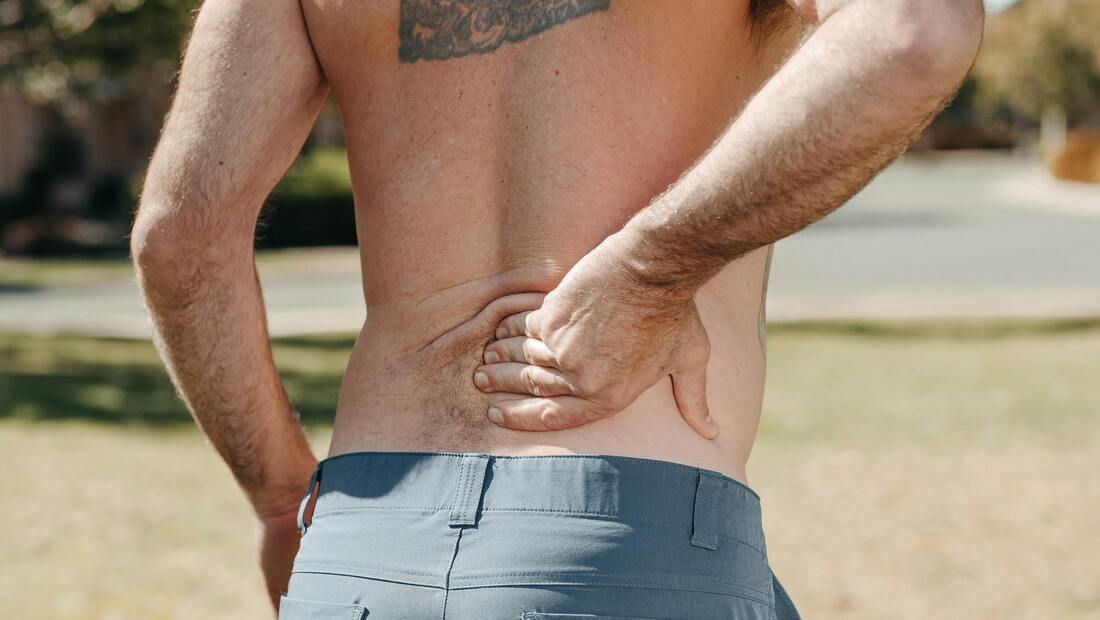
Identifying Tight Hip Flexors: Are You at Risk?
Here are some telltale signs that your hip flexors might be excessively tight:
- Difficulty touching your toes: When you try to reach for your toes with a straight back, you find it challenging or impossible.
- Pain in the lower back or groin: You experience a persistent ache or tightness in your lower back or groin area, especially after sitting for prolonged periods.
- Hip pain: You feel discomfort or tightness in the front of your hip joint.
- Limited hip flexion: You struggle to lift your leg high towards your chest, impacting activities like lunges or high kicks.
- Tight hamstrings: Tightness in your hamstrings can often accompany tight hip flexors due to postural imbalances.
The Culprit Revealed: Common Causes of Tight Hip Flexors
Several factors can contribute to tight hip flexors:
- Sedentary Lifestyle: Sitting for long periods shortens and tightens your hip flexors due to lack of movement.
- Repetitive Activities: Activities that involve repetitive hip flexion, like cycling or running, can overwork your hip flexors if not balanced with stretching.
- Muscle Imbalances: Weak core muscles and tight glutes can put additional strain on your hip flexors.
- Previous Injuries: Injuries to the hip joint or surrounding muscles can lead to compensatory tightness in your hip flexors.
- Poor Posture: Slouching or hunching can shorten your hip flexors over time.
Static Stretches: Unleashing Tight Hips (Examples and Techniques)
Regularly incorporating static stretches for your hip flexors into your routine is crucial for improving their length and flexibility.
Here are some effective stretches you can easily incorporate at home or before exercise:
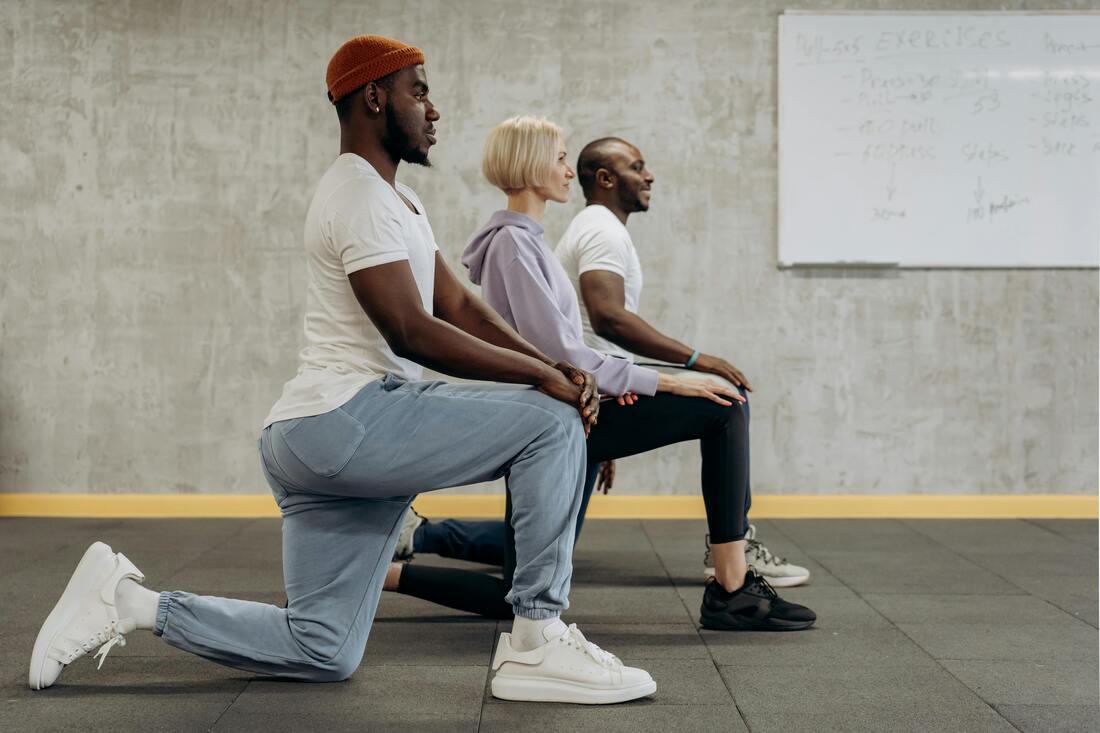
1. Kneeling Hip Flexor Stretch
- How-to:
- Begin kneeling on one knee with your other foot flat on the floor in front of you.
- Keep your hips square and your torso upright.
- Gently lean forward, pushing your hips towards the front knee until you feel a stretch in the front of your hip on the kneeling leg.
- Hold this position for 30 seconds, then repeat on the other side.

2. Lunge with a Twist
- How-to:
- Start in a standing lunge position with one leg forward and one leg back.
- Keep your torso upright and core engaged.
- Gently twist your upper body towards the front leg, reaching your arm overhead on the same side.
- Feel the stretch in the front of the hip on the back leg.
- Hold for 30 seconds, then repeat on the other side.
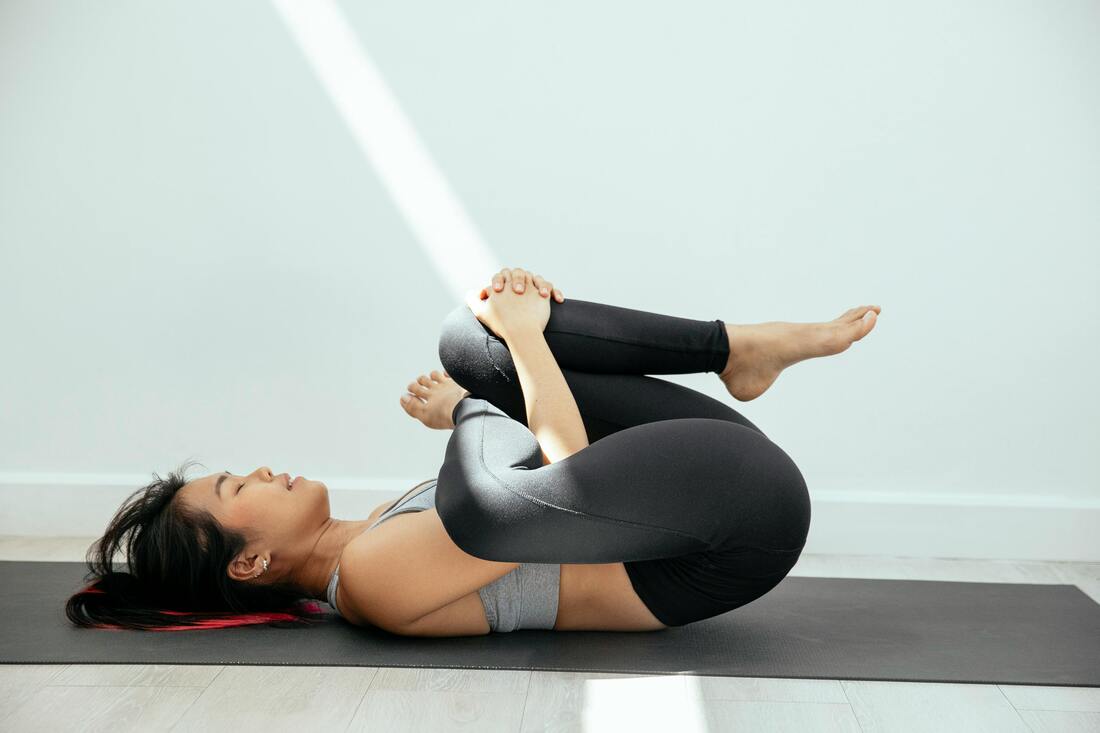
3. Figure-Four Stretch
- How-to:
- Lie on your back with both knees bent.
- Cross your right ankle over your left thigh, just above the knee.
- Gently pull your left thigh towards your chest, increasing the stretch in your right hip flexor.
- Hold for 30 seconds, then repeat on the other side.
Tips for Effective Static Stretches
- Breathe: Inhale deeply as you enter the stretch, and exhale slowly throughout the hold.
- Relax: Avoid bouncing or forcing the stretch. Focus on relaxing your muscles and deepening the stretch gradually.
- Hold for Time: Aim to hold each static stretch for 30-60 seconds for optimal results.
- Repeat: Perform 2-3 sets of each stretch for a well-rounded routine.
Foam Rolling: Self-Myofascial Release for Tight Muscles
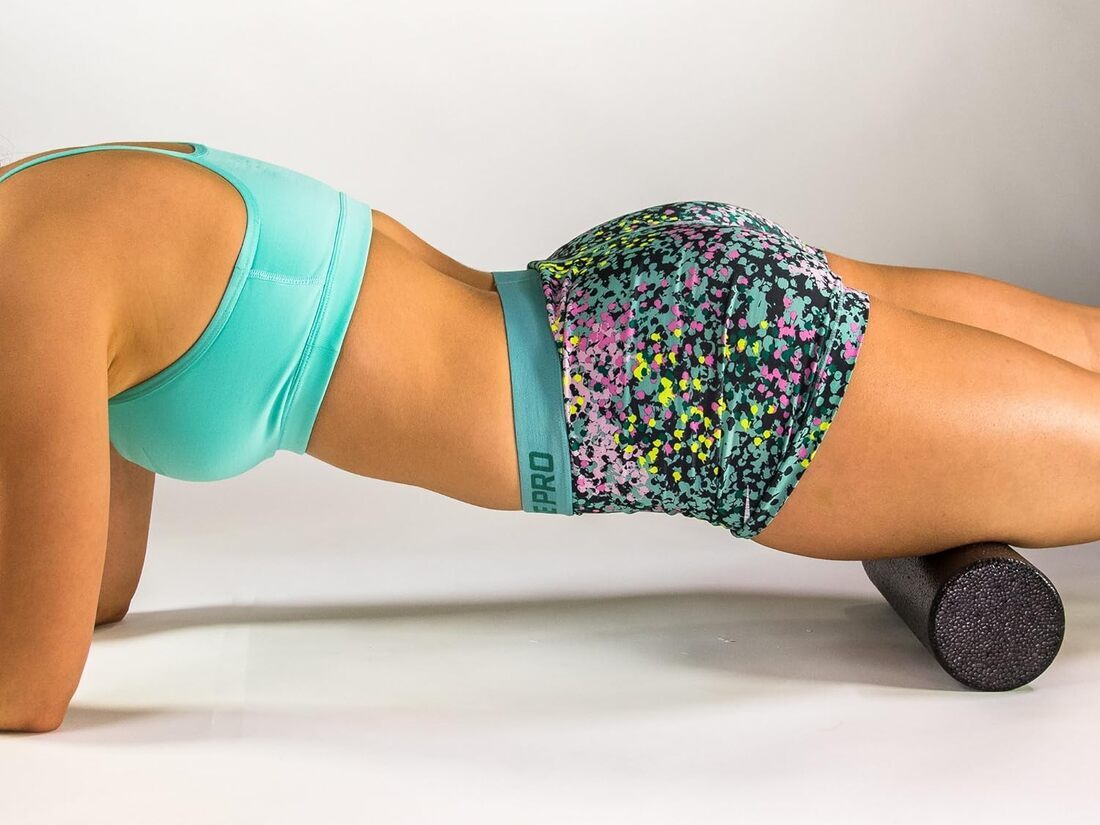
Foam rolling can be a valuable tool to loosen tight muscle adhesions and improve flexibility in your hip flexors.(Note: Affiliate Link)
Here’s how to use a foam roller effectively:
- Technique:
- Find a comfortable position on the floor with your foam roller placed under your front hip.
- Slowly roll back and forth, applying gentle pressure to the target area.
- Focus on areas that feel tender and hold for 30-second intervals on these trigger points.
- Avoid rolling directly on your bone or overly bony areas.
Yoga: A Holistic Approach to Hip Mobility
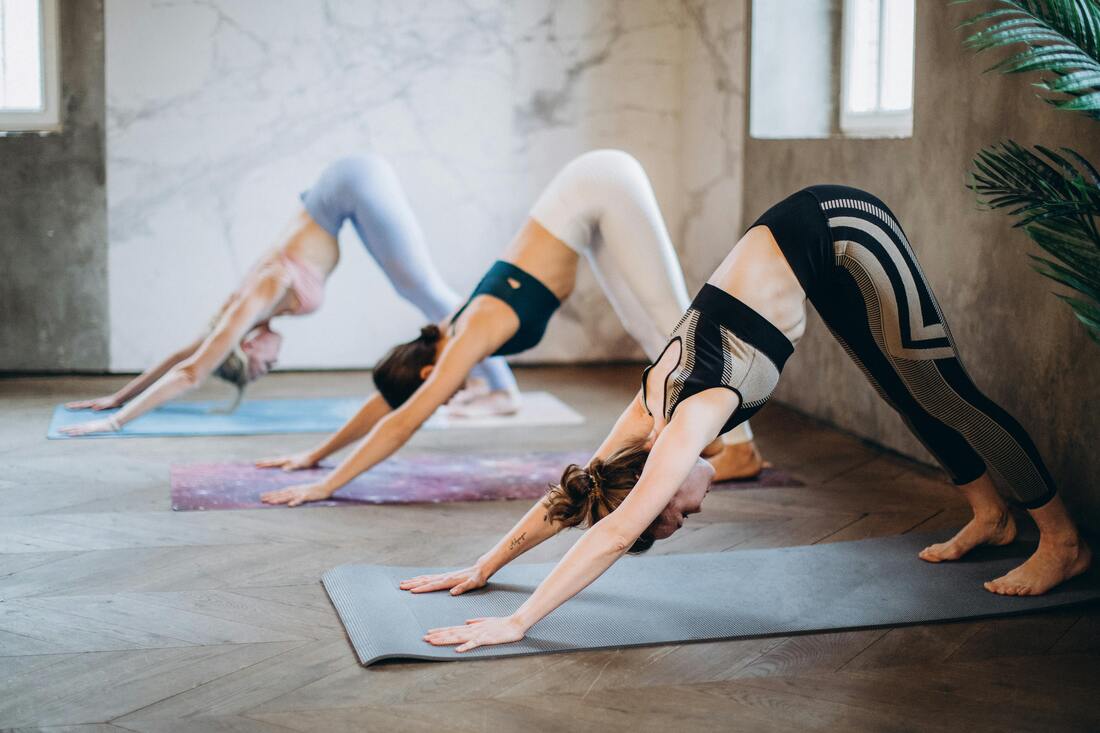
Yoga incorporates many poses that target hip flexors and can be incredibly effective in improving their mobility.
Here are some beginner-friendly yoga poses to consider:
- Downward-Facing Dog: This pose stretches the hamstrings and hip flexors simultaneously.
- Lizard Pose: This pose offers a deep stretch for the hip flexors on the front leg.
- Pigeon Pose: This pose opens up the hips and provides a targeted stretch for the hip flexors on the back leg.
- Half Moon Pose: This standing pose challenges your balance while stretching your hips and core.
Strengthening Exercises: Building Stability and Reducing Strain
Strengthening your core and glutes plays a crucial role in improving pelvic stability and reducing strain on your hip flexors.
Here are some key exercises to target these areas:
- Planks: This bodyweight exercise strengthens your core and improves overall posture.
- Glute Bridges: This exercise strengthens your glutes and hamstrings, promoting better pelvic alignment.
- Modified Deadlifts: Deadlifts are a fantastic exercise for building overall posterior chain strength, but they can be challenging for beginners. This modified version focuses on glute activation without putting excessive strain on your lower back.
Dynamic Stretches: Preparing Your Hips for Movement
While static stretches are excellent for maintaining flexibility, incorporating dynamic stretches before exercise can help prepare your hip flexors for movement and reduce the risk of injury.
Here are some examples:
- High Knees: Run in place while bringing your knees up high towards your chest.
- Leg Swings: Stand on one leg and swing the other leg forward and backward in a controlled manner.
- Walking Lunges with Torso Twists: Perform walking lunges while gently twisting your torso towards the front leg at the top of the lunge.
Remember: Consistency is Key!
For optimal results, incorporate these strategies into your routine regularly.
Aim to stretch your hip flexors daily and perform strengthening exercises 2-3 times per week.
As your flexibility improves, you can gradually increase the intensity and duration of your stretches.
Remember to listen to your body and stop any exercise that causes pain.
Frequently Asked Questions (FAQs) About Tight Hip Flexors
Here are some commonly asked questions regarding tight hip flexors:
- Q: Can tight hip flexors cause other problems besides back and knee pain?
- A: Yes, tight hip flexors can contribute to various issues, including:
- Difficulty with activities that require deep squatting, like getting up from a low chair.
- Altered walking or running mechanics, potentially leading to overuse injuries.
- Pelvic floor dysfunction.
- Poor core stability and coordination.
- A: Yes, tight hip flexors can contribute to various issues, including:
- Q: How long does it take to loosen tight hip flexors?
- A: The time it takes to loosen tight hip flexors depends on the severity of tightness and your consistency with stretching and strengthening exercises. Generally, you can expect noticeable improvements within a few weeks with regular practice.
- Q: Should I see a doctor or physical therapist for tight hip flexors?
- A: While you can address tight hip flexors through self-care strategies, consulting a healthcare professional can be beneficial if:
- You experience persistent pain that doesn’t improve with stretching and strengthening.
- You have a history of injuries in the hip or surrounding areas.
- You’re unsure about the proper techniques for stretching and strengthening exercises.
- You have any underlying medical conditions that might affect your mobility.
- A: While you can address tight hip flexors through self-care strategies, consulting a healthcare professional can be beneficial if:
- Q: Are there any stretches or exercises I should avoid with tight hip flexors?
- A: It’s generally best to avoid ballistic stretches (stretching with bouncing movements) or overly aggressive stretches that can strain your muscles. Additionally, if you experience any pain during an exercise, stop immediately and consult a healthcare professional.
Conclusion: Taking Charge of Your Hip Health
Tight hip flexors, often overlooked, can significantly impact your mobility and overall well-being.
By incorporating the strategies outlined above, you can loosen tight hip flexors, improve your range of motion, alleviate back and knee pain, and move with greater freedom and confidence.
Remember, consistency is key!
Make stretching and strengthening exercises for your hip flexors a regular part of your routine to reap the long-term benefits.
Additional Tips
- Consult a healthcare professional for personalized guidance on stretching and strengthening exercises tailored to your specific needs.
- Maintain good posture throughout the day to prevent further tightening of your hip flexors.
- Consider incorporating a foam roller into your daily routine for self-myofascial release.
- Stay hydrated! Proper hydration helps maintain muscle flexibility.
By following these tips and incorporating the strategies outlined above, you can take control of your hip health and move with confidence and ease.
Happy stretching!

